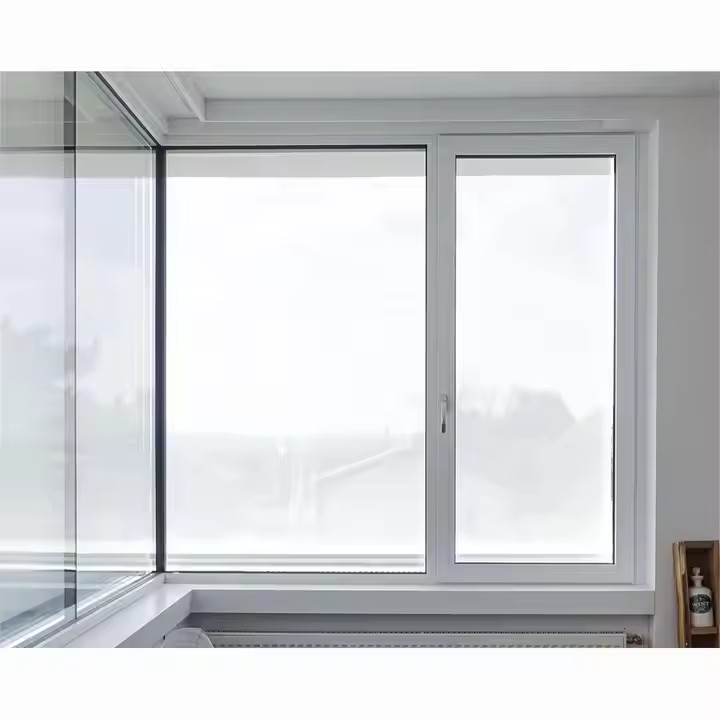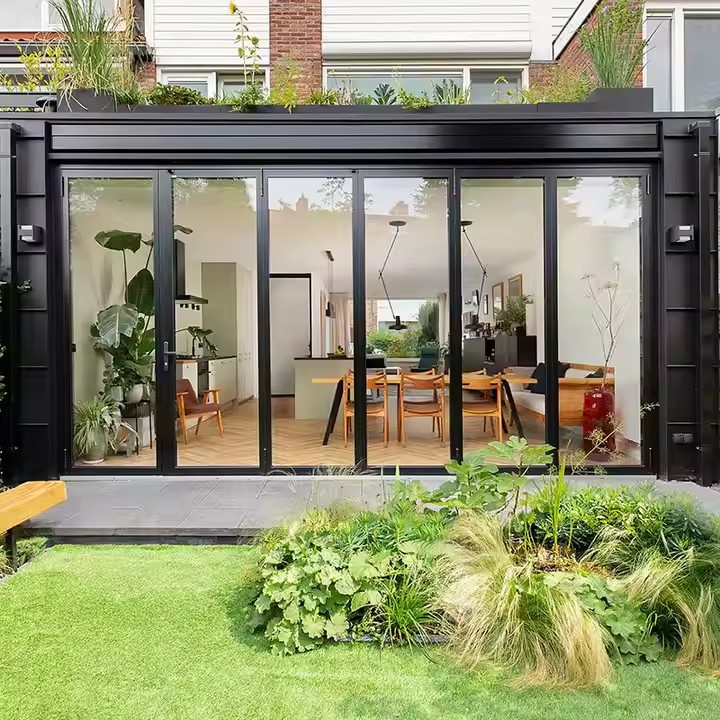- Strict Technical Standards and Certification Barriers
Australia enforces extremely rigorous technical standards and certification systems for building doors and windows, which significantly differ from Chinese domestic standards. This is the first major hurdle for Chinese companies entering the market.
Complex Mandatory Standards: Australia has detailed regulations on window and door performance, covering thermal insulation (e.g., U-value requirements vary by climate zone, with lower heat transfer coefficients needed in tropical areas), water tightness, air tightness, wind pressure resistance (to cope with frequent strong winds), and fire ratings (required in certain areas). The Building Code of Australia (BCA) mandates compliance with certifications such as AS/NZS 4420 (window performance standard) and AS 2047 (glass installation standard). Non-compliant products are not permitted to enter the market.
High Certification Costs and Long Timelines: Chinese manufacturers must submit products to recognized Australian third-party institutions (e.g., SAI Global, QAS) for testing. The cost of certifying a single product type can run into tens of thousands of US dollars, with timelines ranging from 3 to 6 months. For small and medium-sized companies, the financial and time burdens can be overwhelming.
Material and Process Compatibility: Australia demands high environmental standards and durability for materials. Wood must be treated for termite and decay resistance, while metal materials must meet anti-corrosion standards, especially for coastal regions. Chinese companies relying on domestic material systems may find their products rejected. Adapting to local standards can also increase production costs.

- Intense Local Market Competition and Low Brand Recognition
Australia’s window and door market is mature, dominated by local and international players. Chinese companies face dual pressure from brand unfamiliarity and product homogenization.
First-Mover Advantage of Local Companies: Local Australian brands such as A&L Windows and Bradnam’s Windows have been deeply rooted in the market for decades. They understand consumer preferences (e.g., minimalist design, strong after-sales service) and have well-established distribution and service networks. For instance, Bradnam’s has over 70 outlets in Australia, providing quick installation and repair services—something hard for Chinese companies to match initially.
Squeeze from International Brands: European and American brands like Schüco (Germany) and YKK AP (USA) dominate the mid-to-high-end markets such as villas and commercial buildings through strong technical reputations and premium branding. These brands have cultivated the perception that “Western windows = high quality,” whereas Chinese products are often perceived as “cheap” or “low-end,” making it difficult to access high-value markets.
Price War Pitfalls: Some Chinese companies use low pricing strategies to penetrate the market, but Australian consumers often equate low price with poor quality. Moreover, local firms may retaliate with anti-dumping actions. For example, in 2023, Australia launched an anti-dumping investigation into Chinese aluminum doors and windows. This could result in tariff barriers, undermining price advantages.
- Adaptation Challenges to Climate and Architectural Styles
Australia’s unique geography and architectural diversity demand different functional and aesthetic characteristics from door and window products. Simply replicating domestic designs often leads to market misalignment.
Climate Variability: Australia spans tropical, temperate, and cold zones. Northern areas like Queensland are hot and rainy, requiring strong thermal insulation, insect-proofing (e.g., integrated screens), and ventilation performance. Southern regions like Victoria are cold in winter, requiring superior sealing and heat retention. Western coastal cities like Perth demand UV resistance and salt spray corrosion resistance. Without regional product customization, Chinese products may suffer—lacking insulation in tropical areas or poor thermal performance in temperate zones.

Architectural Style Compatibility: Australia features diverse architectural styles, from modern apartments to traditional Victorian and Federation homes. Door and window designs must harmonize with building aesthetics. For example, traditional English-style homes prefer wood frames with grilles, while modern buildings favor large glass panes and slim aluminum frames. Without an understanding of local design culture, Chinese products may fail to resonate with developers and end consumers.
- High Supply Chain and Logistics Costs
Exporting windows and doors to Australia involves long-distance shipping and complex logistics, presenting both cost and risk challenges.
Shipping Time and Damage Risks: Doors and windows are large and fragile (especially glass components). Sea freight takes 20–30 days, with multiple loading/unloading steps that increase risks of broken glass or deformed frames. Air freight is much faster but 3–5 times more expensive, hurting price competitiveness. Additionally, major Australian ports (like Sydney and Melbourne) frequently face congestion, delaying deliveries and potentially causing project delays that erode client trust.

